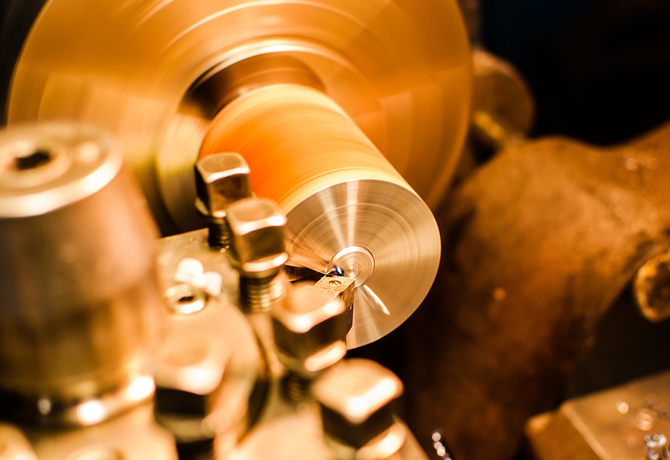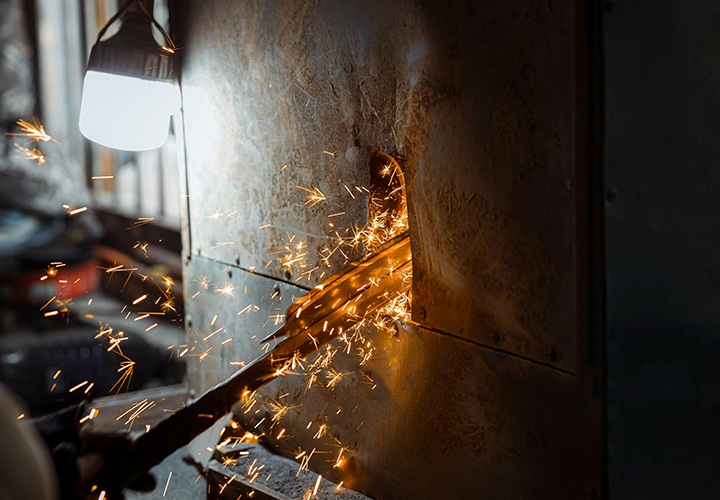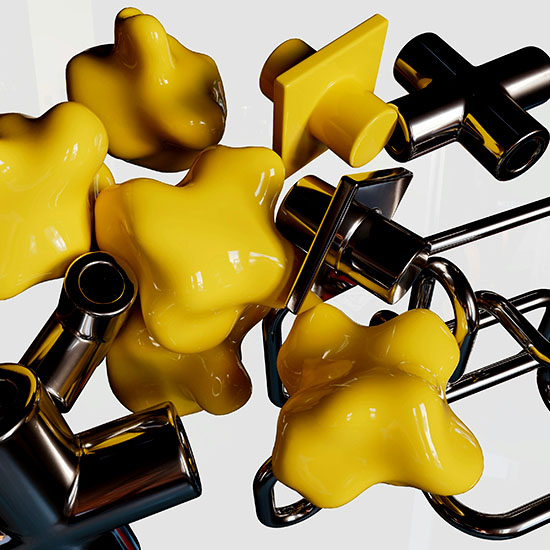Anmod om et online tilbud i dag.
 Alle uploads er sikre og fortrolige
Alle uploads er sikre og fortroligeCertificeringer:
ISO 13485 | IATF 16949


6061
6063
Lightweight, corrosion-resistant, good thermal and electrical conductivity.
Lightweight, corrosion-resistant, good thermal and electrical conductivity.

316
430
420
303
304
High strength, excellent corrosion resistance, and heat resistance.
High strength, excellent corrosion resistance, and heat resistance.
High strength, excellent corrosion resistance, and heat resistance.
High strength, excellent corrosion resistance, and heat resistance.
High strength, excellent corrosion resistance, and heat resistance.

H62
H59
Good machinability, corrosion resistance, and antimicrobial properties.
Good machinability, corrosion resistance, and antimicrobial properties.

C12200
C11000
T3
T2
T1
High electrical and thermal conductivity, ductility, and corrosion resistance.
High electrical and thermal conductivity, ductility, and corrosion resistance.
High electrical and thermal conductivity, ductility, and corrosion resistance.
High electrical and thermal conductivity, ductility, and corrosion resistance.
High electrical and thermal conductivity, ductility, and corrosion resistance.

Grade 5
Grade 4
Grade 2
High strength-to-weight ratio, excellent corrosion resistance, and biocompatibility.
High strength-to-weight ratio, excellent corrosion resistance, and biocompatibility.
High strength-to-weight ratio, excellent corrosion resistance, and biocompatibility.

Fe 430 A
Fe 360 A
High tensile strength, hardness, and wear resistance.
High tensile strength, hardness, and wear resistance.

GCr15
GCr9
GCr6
High hardness, wear resistance, and ability to retain sharp edges.
High hardness, wear resistance, and ability to retain sharp edges.
High hardness, wear resistance, and ability to retain sharp edges.

Polypropylene
PVC
PTFE
Polycarbonate
Delrin
PEEK
Nylon
ABS
Lightweight, good chemical resistance, and fatigue resistance.
Good chemical resistance, lightweight, and durable.
Low friction, high chemical resistance, and thermal stability.
High impact resistance, optical clarity, and good dimensional stability.
Low friction, high stiffness, and excellent dimensional stability.
High thermal stability, chemical resistance, and mechanical strength.
High tensile strength, wear resistance, and low friction.
Lightweight, impact-resistant, and easy to machine.


 Hvad er 3D-printning?
Hvad er 3D-printning?
3D-printning er en teknologi, der fremstiller objekter ved at stable materialer lag for lag, også kendt som additiv fremstilling. Det starter med digitale designfiler (såsom STL-format) og bruger forskellige materialer (såsom plast, metaller, harpikser osv.) til at printe komplekse former og strukturer, som traditionelle metoder ikke let kan opnå.
 Hvilke materialer kan bruges i 3D-printning?
Hvilke materialer kan bruges i 3D-printning?
Almindelige 3D-printmaterialer inkluderer:
Materialevalget afhænger typisk af anvendelseskravene, holdbarheden, omkostningerne og præcisionen i det trykte produkts forarbejdning.
 Hvad er forskellene mellem 3D-printning og traditionelle fremstillingsmetoder?
Hvad er forskellene mellem 3D-printning og traditionelle fremstillingsmetoder?
I modsætning til traditionelle fremstillingsmetoder (såsom støbning, skæring, formning osv.) er 3D-print en additiv fremstillingsproces, der konstruerer objekter ved at lagdele materialer uden behov for forme eller bearbejdningsværktøjer. Denne metode kan producere meget komplekse strukturer, samtidig med at spild og behandlingstid reduceres. Derudover muliggør 3D-print personlig tilpasning, hvilket gør den ideel til produktion i små serier og prototypedesign.
 Hvordan sikrer man kvaliteten af 3D-printede modeller?
Hvordan sikrer man kvaliteten af 3D-printede modeller?
Nøglefaktorer for at sikre 3D-printkvalitet inkluderer:
 Hvad er præcisionen af 3D-printning?
Hvad er præcisionen af 3D-printning?
Præcisionen af 3D-printning afhænger af forskellige faktorer, herunder den anvendte printertype, materialer og printindstillinger. Generelt har FDM-printere (Fused Deposition Modeling) et præcisionsområde på 0,1 mm til 0,5 mm, mens SLA-printere (Stereolithography) kan opnå en præcision på omkring 0,05 mm.
 Hvilke anvendelser er egnede til 3D-printning?
Hvilke anvendelser er egnede til 3D-printning?
3D-printning anvendes i vid udstrækning inden for en række områder, herunder:
I takt med at teknologien udvikler sig, fortsætter anvendelsesområdet for 3D-printning med at udvides.
 Hvad koster 3D-printning?
Hvad koster 3D-printning?
Prisen på 3D-printning varierer på grund af flere faktorer, herunder:
Generelt er 3D-printning velegnet til produktion i små serier eller personlig tilpasning; til storskalaproduktion kan traditionelle fremstillingsmetoder være mere omkostningseffektive.
 Hvordan vælger man den rigtige 3D-printteknologi?
Hvordan vælger man den rigtige 3D-printteknologi?
Valg af den rigtige 3D-printteknologi kræver overvejelse af flere faktorer: